Bearing selection and installation are critical steps in ensuring the reliable and efficient operation of machinery across various industries. The correct choice of bearings, coupled with precise installation procedures, directly influences performance, longevity, and overall operational success. This comprehensive guide explores the intricacies of bearing selection and installation, covering key considerations, types of bearings, factors influencing choices, installation techniques, and best practices for optimal performance.
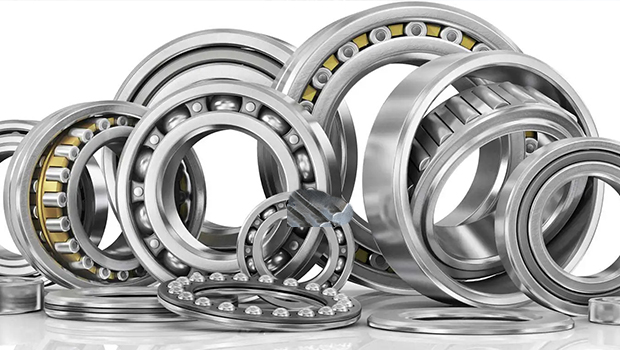
1. Understanding the Importance of Bearing Selection:
Bearing selection is a nuanced process that involves matching the right type and specification of bearings to the specific requirements of a given application. It plays a pivotal role in determining the efficiency, durability, and overall performance of machinery.
Types of Bearings:
Understanding the different types of bearings, such as ball bearings, roller bearings, thrust bearings, and plain bearings, is essential. Each type has unique characteristics suitable for specific applications.
Load and Speed Ratings:
Considering the load and speed ratings is crucial for selecting bearings that can withstand the expected forces and rotational speeds in the application.
Temperature and Environment:
Assessing the operating environment, including temperature variations and exposure to contaminants, ensures the chosen bearings can endure the conditions they will face.
2. Factors Influencing Bearing Choices:
Several factors influence the selection of bearings, and a comprehensive understanding of these considerations is vital for making informed decisions.
Load Conditions:
Determining the magnitude and type of loads, such as radial or axial, helps in selecting bearings with appropriate load-carrying capacities.
Precision Requirements:
Precision requirements influence the choice between standard and precision bearings, especially in applications where accuracy is paramount.
Space Constraints:
Considering space constraints, including the available clearance and size limitations, guides the selection of compact and appropriately sized bearings.
3. Installation Best Practices:
Proper installation is as critical as bearing selection, as it directly impacts the performance and longevity of the bearings. Following best practices ensures optimal functionality.
Surface Preparation:
Ensuring the mounting surfaces are clean, smooth, and free of burrs or contaminants is essential for proper seating and alignment.
Fitting and Tolerance:
Matching the bearing's tolerance class with the shaft and housing accurately is crucial. The right fit minimizes the risk of misalignment and premature wear.
Preload and Clearance:
Understanding the importance of preload and clearance settings helps achieve the correct balance for optimal performance under varying operating conditions.
Mounting Methods:
Exploring different mounting methods, such as press fits, interference fits, or thermal mounting, and selecting the most suitable approach for the specific application.
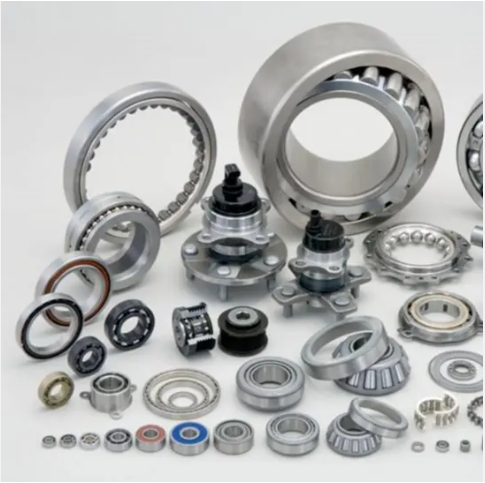
4. Common Challenges and Troubleshooting:
Despite careful selection and installation, challenges may arise during the lifespan of bearings. Recognizing common issues and implementing effective troubleshooting strategies is imperative.
Misalignment:
Misalignment can lead to increased wear and reduced bearing life. Implementing alignment checks and adjustments is crucial for mitigating this issue.
Insufficient Lubrication:
Inadequate lubrication can result in increased friction and heat generation. Regular monitoring and replenishment of lubricants help maintain optimal performance.
Contamination:
Contaminants, such as dust or moisture, can compromise bearing integrity. Employing proper sealing mechanisms and environmental controls reduces the risk of contamination.
5. Advances in Bearing Technology:
Ongoing advancements in bearing technology contribute to improved performance, reliability, and efficiency.
Ceramic Bearings:
The emergence of ceramic bearings offers enhanced durability, corrosion resistance, and reduced weight compared to traditional steel bearings.
Smart Bearings:
Integration of sensor technology into bearings allows for real-time monitoring of operating conditions, enabling proactive maintenance and reducing downtime.
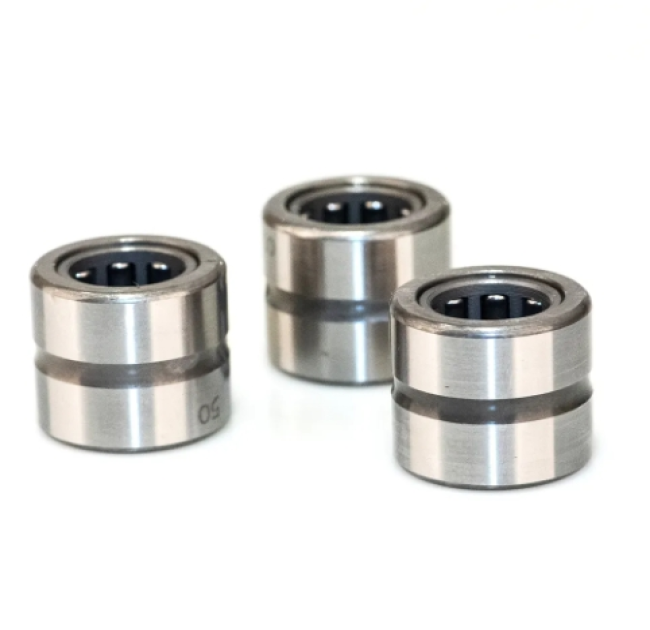
In conclusion, bearing selection and installation are integral components in the optimization of machinery performance. A meticulous approach to choosing the right type of bearings, considering application-specific factors, and implementing precise installation practices ensures the smooth operation of equipment. As technology continues to evolve, embracing advancements in bearing technology contributes to further enhancing reliability and efficiency. Mastery of bearing selection and installation is not merely a technical requirement but a strategic investment in the longevity and optimal functioning of machinery across diverse industries.
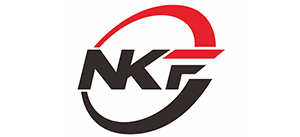
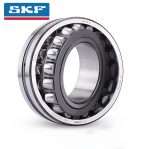 SKF Bearing
SKF Bearing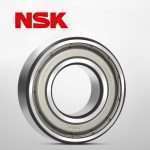 NSK Bearing
NSK Bearing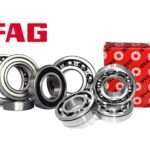 FAG Bearing
FAG Bearing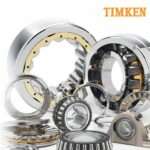 TIMKEN Bearing
TIMKEN Bearing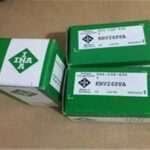 INA Bearing
INA Bearing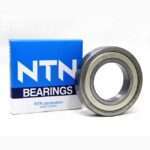 NTN Bearing
NTN Bearing

